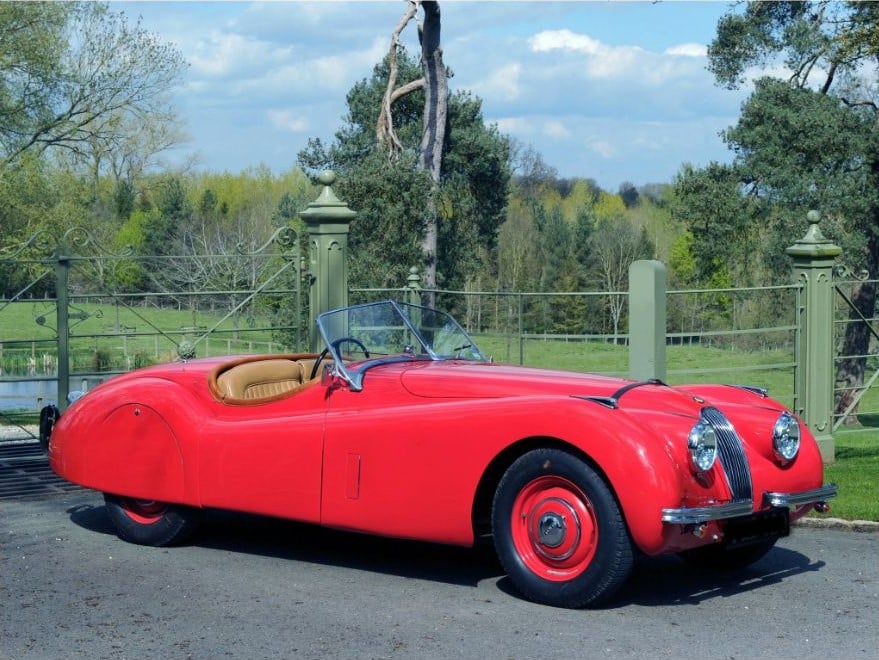During its heyday, the British car industry was a colorful place with many different car companies, designs, and approaches. Unfortunately, many once famous and respected brands have disappeared and have long been forgotten, and among the surviving greats, the Jaguar company has a well-deserved legendary status. This label was earned by Sir William Lyons’ company with vehicles that, in their time, represented the pinnacle of both performances, technology, and style. One of the few timeless models that made this brand famous and helped establish it to its current status is the beautiful XK120.
Just before the Second World War, Jaguar had already made a name for itself as a growing company of luxury sedans and sports models, which already had a couple of well-known models. Unlike the competition that produced extremely expensive and specific cars, Jaguar’s products were always attainable and usable without compromising luxury, individuality, and speed. The war stopped the progress, and with its end, Sir Lyons decided to continue where he had left off in 1940. Although Jaguar produced heavy bombers during the war, it quickly returned to the production of vehicles, and already in 1946, the first examples of new cars but pre-war models reached customers. The plan was to create an entirely new sedan to participate in the market actively. Still, since the development required several years, a model would keep customers’ attention and financially support the factory. In that name, it was decided to display a roadster prototype at the Birmingham Motor Show in 1948 to stir up the crowd at least.
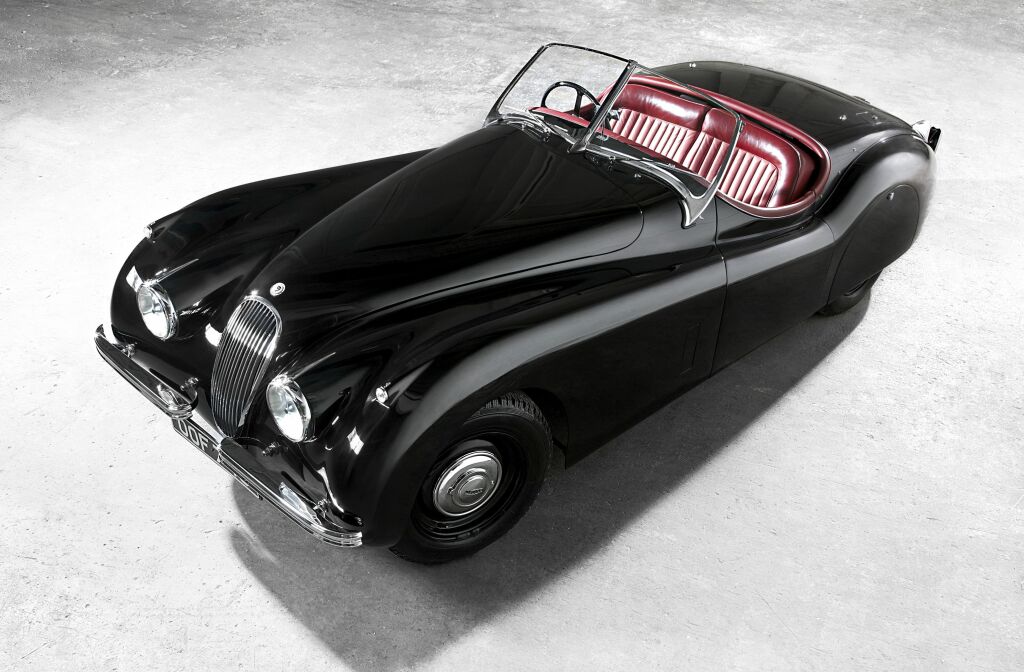
The response from visitors and the specialized public was incredible, and Jaguar officials received considerable orders during the show. However, they did not know if the cars would even be produced. Knowing that they had a potential bestseller, Sir Lyons and the team decided to start production immediately. Initially, the vehicles were planned with aluminum bodies and many expensive details. When they realized how many orders they got, Jaguar decided to make the bodies from steel, to make production faster and cheaper. However, the first 259 examples had a rare aluminum body.
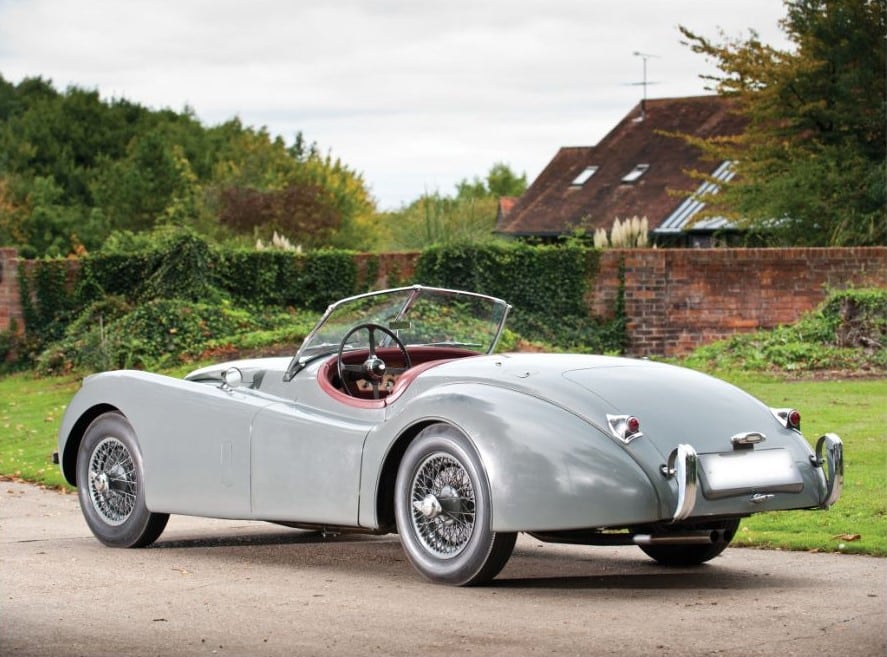
The new model is called XK120, and the letter X (experimental) indicates the nature of the engine, while the number symbolizes the top speed in miles (120 mph). The displacement was 3.4 liters, and this unit featured double camshafts, which was very advanced. It used two SU carburetors and developed, at that time, a very respectable 160 hp. This engine is very significant because it will be the backbone of Jaguar’s motorization, in a more or less modified form, for the next 40 years.

As a basis, the shortened chassis of the planned Mk VII model was taken, which was covered with a body with one of the most beautiful shapes in the automotive world. When sales began, three variants were presented: roadster OTC (open two-seater), which was a sportier version with two small windshields and no roof; DHC (drop head coupe), a classic convertible, and FHC (fixed head coupe), which was a closed version.
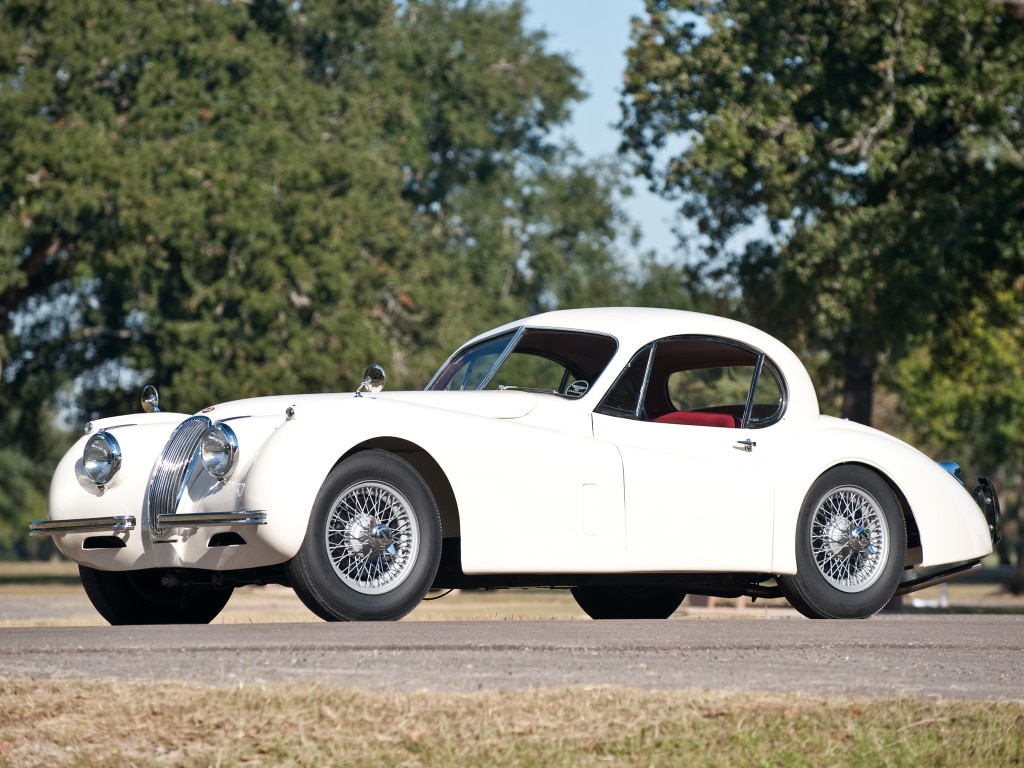
The market responded very well to the new Jaguar model, and was immediately included among the best post-war sports cars. Although comfort and ergonomics were somewhat neglected on the first models, customers did not protest, and sales were at a high both in Europe and America. Given the sporty nature of the XK 120, proving it on the track began almost immediately. In the beginning, it was exclusively in the hands of private teams and individuals, winning the famous Mille Miglia race in 1950. In any case, popularity and sales are constantly growing, and the production of this model reached 12061 examples until 1954, when the next evolution, called XK140, was presented.
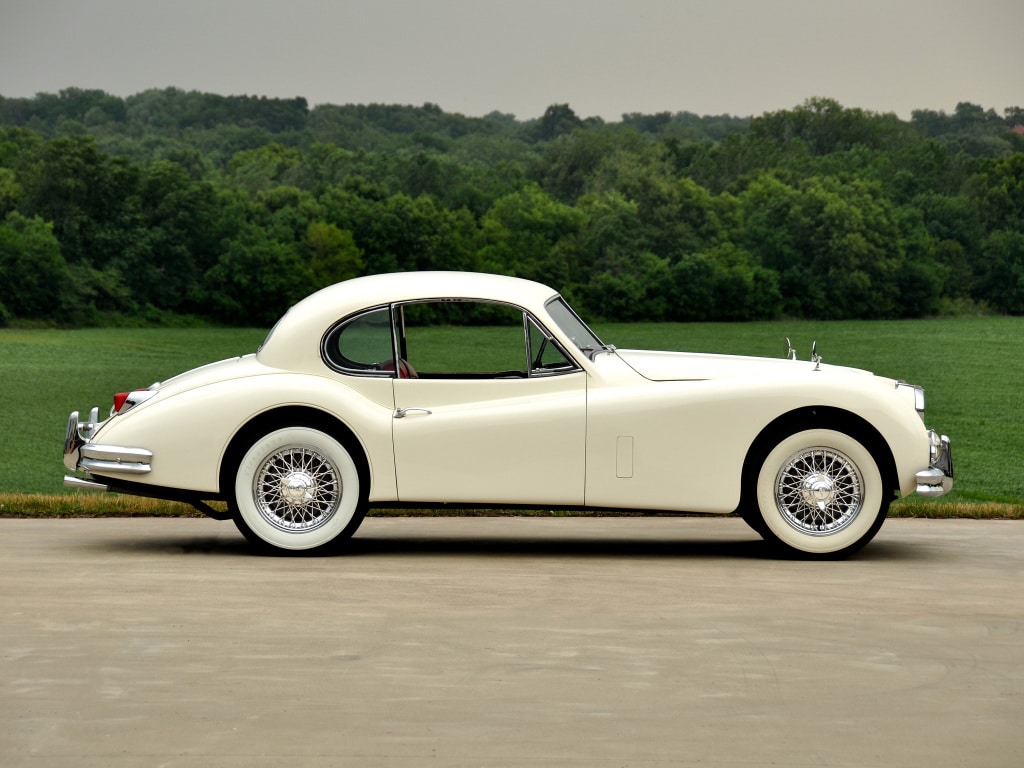
It is a logical continuation of the development that brought changes in the construction, such as a different steering mechanism and suspension. From the outside, numerous chrome details and a different windshield are visible, which is the easiest way to recognize and separate all generations. The motorization remained the same, the XK engine, but it was more powerful and developed 190 hp at 5500 rpm. The maximum speed increased to 140 mph and hence the name. Sales remained healthy, and during the three years on the market, 8,943 units were produced.
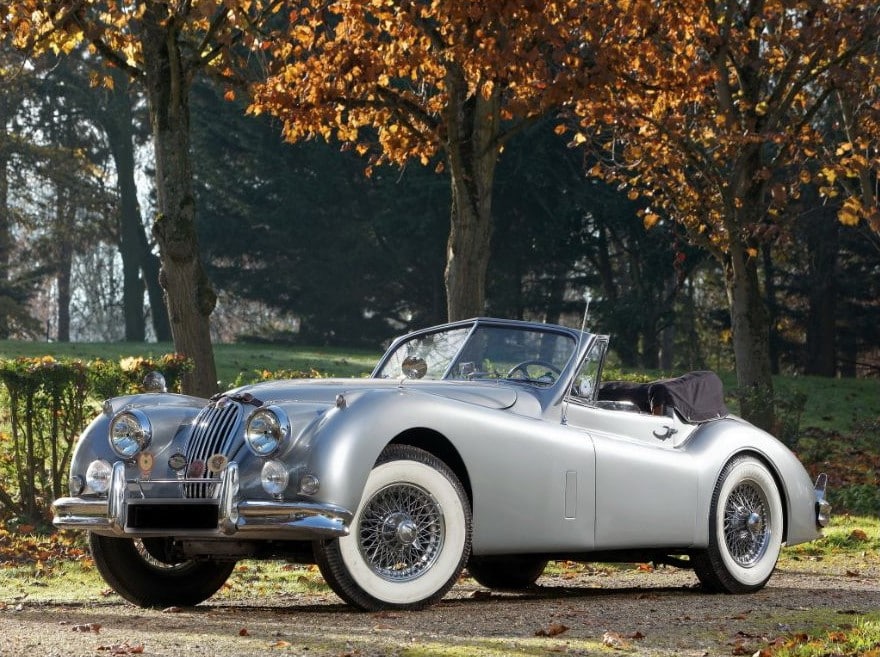
Nevertheless, Jaguar continued development and, in 1957, presented the third and final version of this model, called the XK150. The reason for this move is that the XK models slowly became obsolete and lost positions both on the market and on the track. In many’s opinions, this model is the most beautiful evolution of this lineage, but it is still the furthest away from the constructor’s initial idea. The bodywork is slightly modified and more modernly rounded, and the windshield is curved and made of one piece, which was very modern at the time.
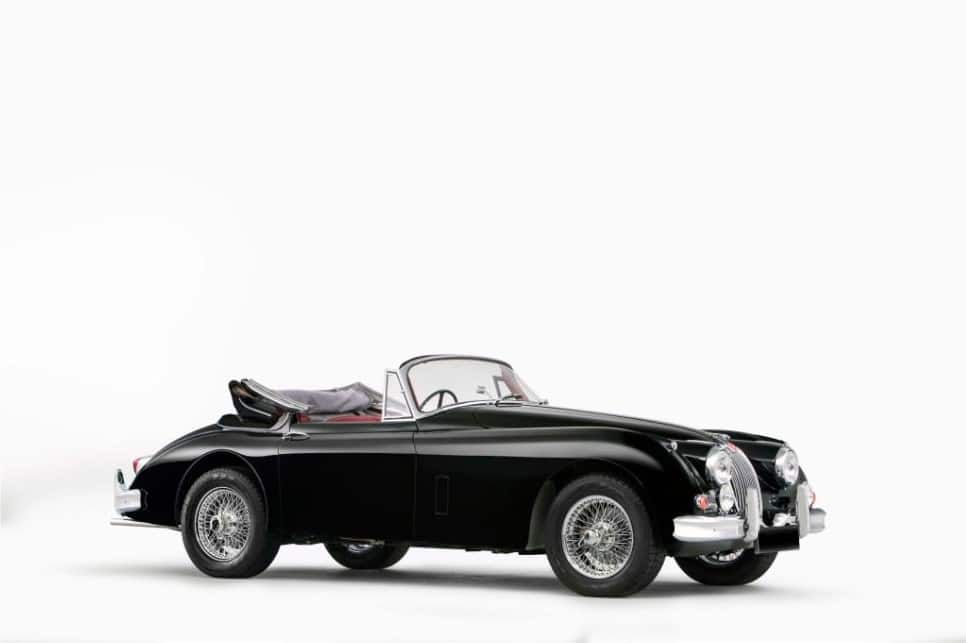
Under the sleek body, customers found independent suspension, disc brakes, power steering, and a new, stronger, and larger engine. It was a 3.8-liter unit with 220 hp to 265 hp (XK150 S version), which was a derivative of the already existing 3.4-liter engine. The top speed was increased to 150 mph, which changed the model designation. However, this generation became a thoroughbred Grand Turismo car more suitable for rich snobs than amateur racers. However, the Jaguar XK150 was still a great car and had not lost anything of its original appeal. However, despite its popularity, the end was in sight, and in 1960 Jaguar stopped production. During 12 years on the market, the Jaguar XK120, XK140, and XK150 successfully sold over 30,000 cars (all versions), unmatched by competitors.



